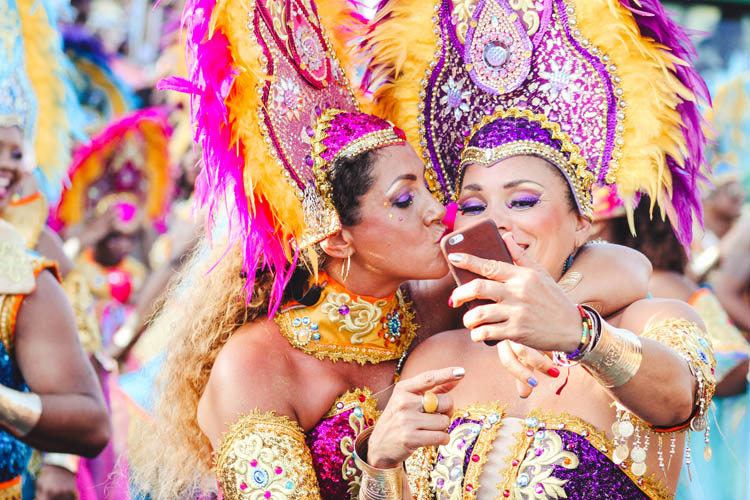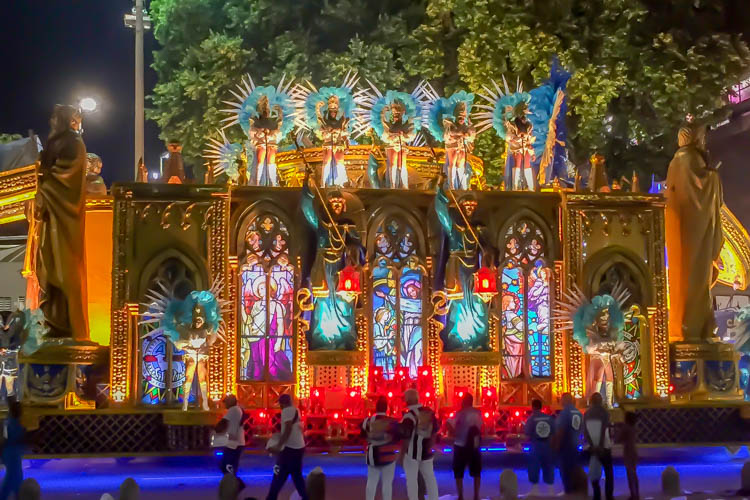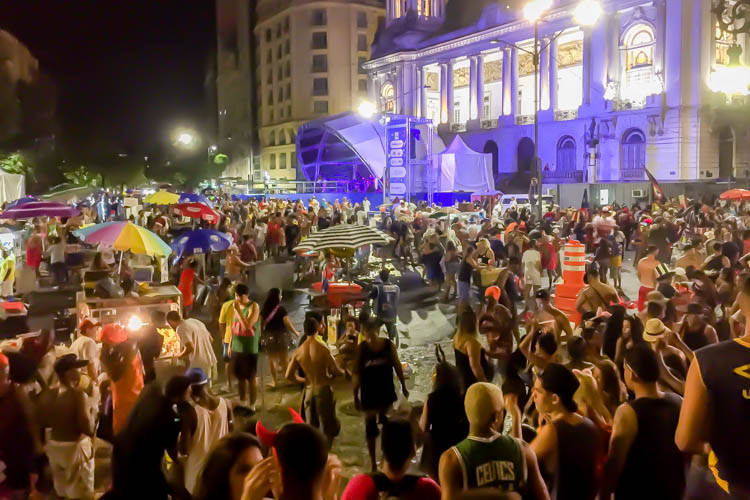The True Meaning of Carnival
Labelled as the ‘Greatest Show on Earth’, Rio Carnival 2020 is upon us. Carnival is best known for its street-parties, extravagant costumes and of course, plenty of samba. The event brings in millions of visitors each year and forces the entire country of Brazil to a standstill. But what is it all about? Why do we celebrate it and what is the true meaning of Carnival?

The origins of Carnival
The origins of Carnival can be traced back to the early 1600s, back when the Portuguese colonised Brazil, with them they brought their Catholic traditions. Each year Carnival would take place on the Friday before Shrove Tuesday until Ash Wednesday, a significant Catholic tradition to signal the beginning of Lent. During Lent, Catholics would typically abstain from eating meat and poultry, hence the name ‘carne vale’ (without meat.) Back in the 1600s, the festival didn’t quite have the rambunctious reputation it has today, it was celebrated mainly by society's elite by the way of formal balls.
It was the Afro-Brazilians that helped to shape Carnival into what it is today by introducing their African-inspired dance, music and costumes. Where traditionally samba was considered the music and dance genre of the poor, this contribution was originally intended to mock the white elite for their segregated celebrations. Between the 1920’s – 1930’s samba became an iconic symbol of Carnival.
During this point in time, the first samba schools were formed, and competitive performances were underway to be crowned the winner of Carnival. Even today, competition is still rife to be the best in show. Judges will award the winning team based on everything from the flag bearer to the theme, the costumes, the dancing and the selected samba song to ultimately decide the champion. With the influence of the Afro-Brazilian culture, Carnival has become a unique identity around the world no matter the social status.
These days Carnival symbolises a six-day long party, where people fill the streets with music, dancing and a general raucousness, where everyone can join in. While the religious element of Carnival has become somewhat lost over the years, to represent Brazil’s rich history, samba schools will select issues that are important to them and use those themes as inspiration for their elaborate performances.

The best spot to experience Carnival in Rio de Janeiro
If you are in Rio de Janeiro, the best place to see these performances is the Sambodromo. Here you can sit either side of an open-air runway to experience the enormous and extravagant floats, costumes and samba moves with some of the country’s best quality performers. Remember, it’s not just the dancing and singing that will impress, here you will be moved by the beat from between 200-400 drummers who keep the fast-paced rhythm going well into the night. Visit Carnival Sunday and Monday to see firsthand why it takes months in advance to perfect each performance and what it takes to be crowned the winner.
Outside the Sambodromo, the streets are at a standstill as locals and visitors alike gather around for dancing, singing and drinking at the many daily parties. Each day of Carnival the street parties (or blocos in Portuguese) get more and more raucous as a bid to better the party from the day before. Even on the streets, elaborate costumes are essential and each blocos will have a different theme.
While the blocos are for everyone, there are still Carnival balls scheduled for those who want a feel for the glitzy, stylish and outrageously fun parties. Here you might not get the chance to practise your fast-moving samba feet but rest assured you’ll be dancing regardless.

Where else can you experience Carnival?
It’s a common misconception that Carnival is only celebrated in Rio de Janeiro when it’s the entire country that gets involved. Of course, Rio de Janeiro happens to be the biggest of the celebrations but for those who are looking for something different, there are other areas of the country where you can experience a different take on the event.
For example, in the northeast of Brazil such as Olinda, Salvador and Recife you can find more influence of local folklore such as the high-energy dance and music of Frevo and Axe. However, if you’re elsewhere in Brazil during Carnival don’t expect to escape the mayhem, there is almost always a show, performance or event in every city in the country.
While Carnival is celebrated the world over, there’s just something special about the sheer size of the celebration in Brazil. The true meaning of Carnival has become less about religious traditions and more about the opportunity to forget your day-to-day troubles. Whether you’re in it for the party, the music, the dance or even just the costumes there is something for everyone at Rio Carnival.
Fancy a trip to Brazil? Check out our tours.
Lexi is your ultimate wanderlust enthusiast with an incurable case of curiosity and a deep passion for action on climate change. You can read more of her work www.avaycay.com. Find her on Facebook or Instagram @avaycay.








